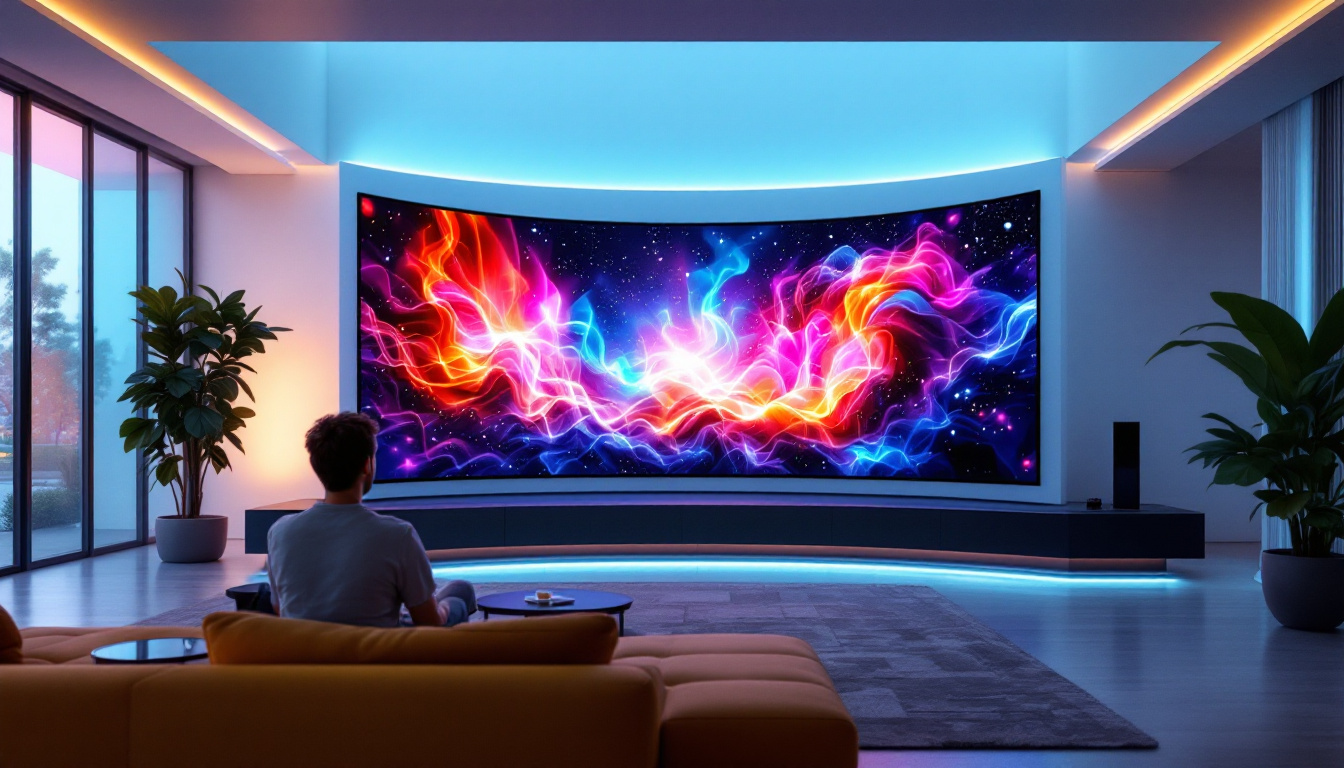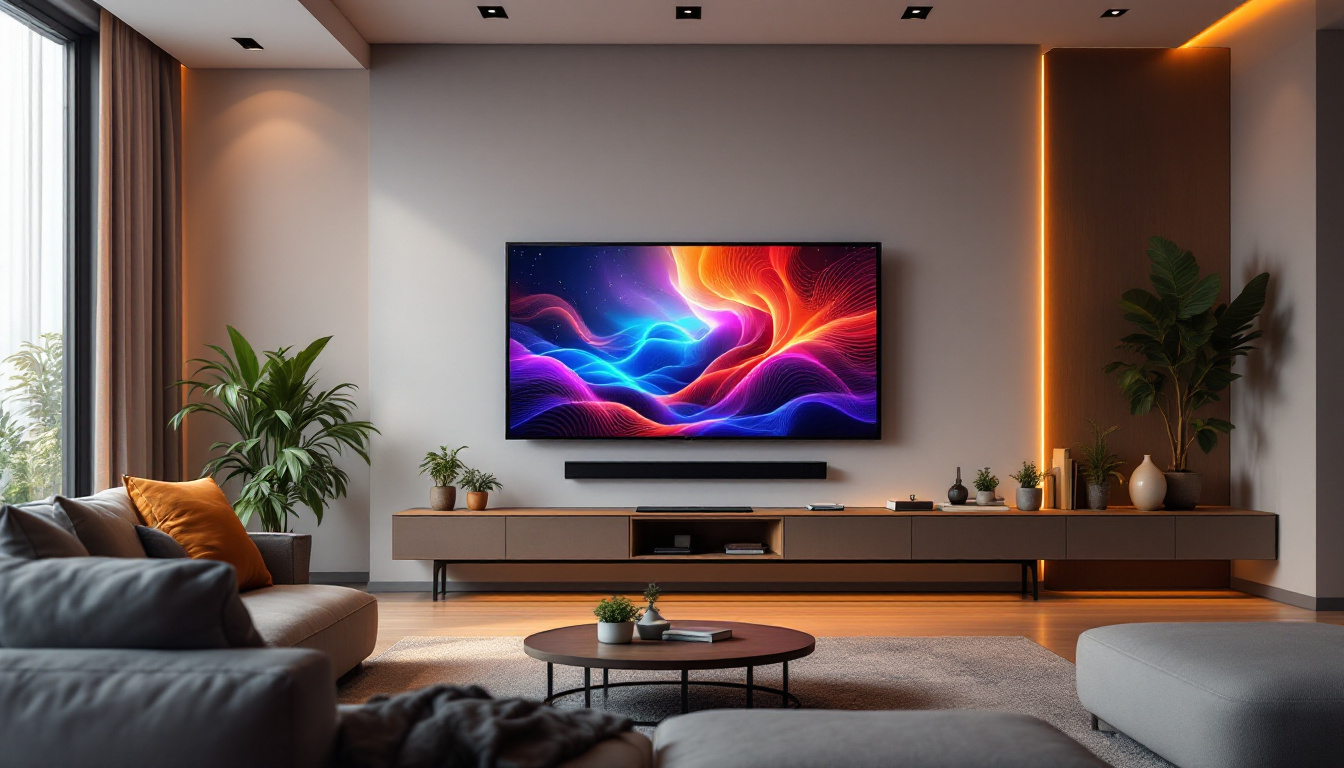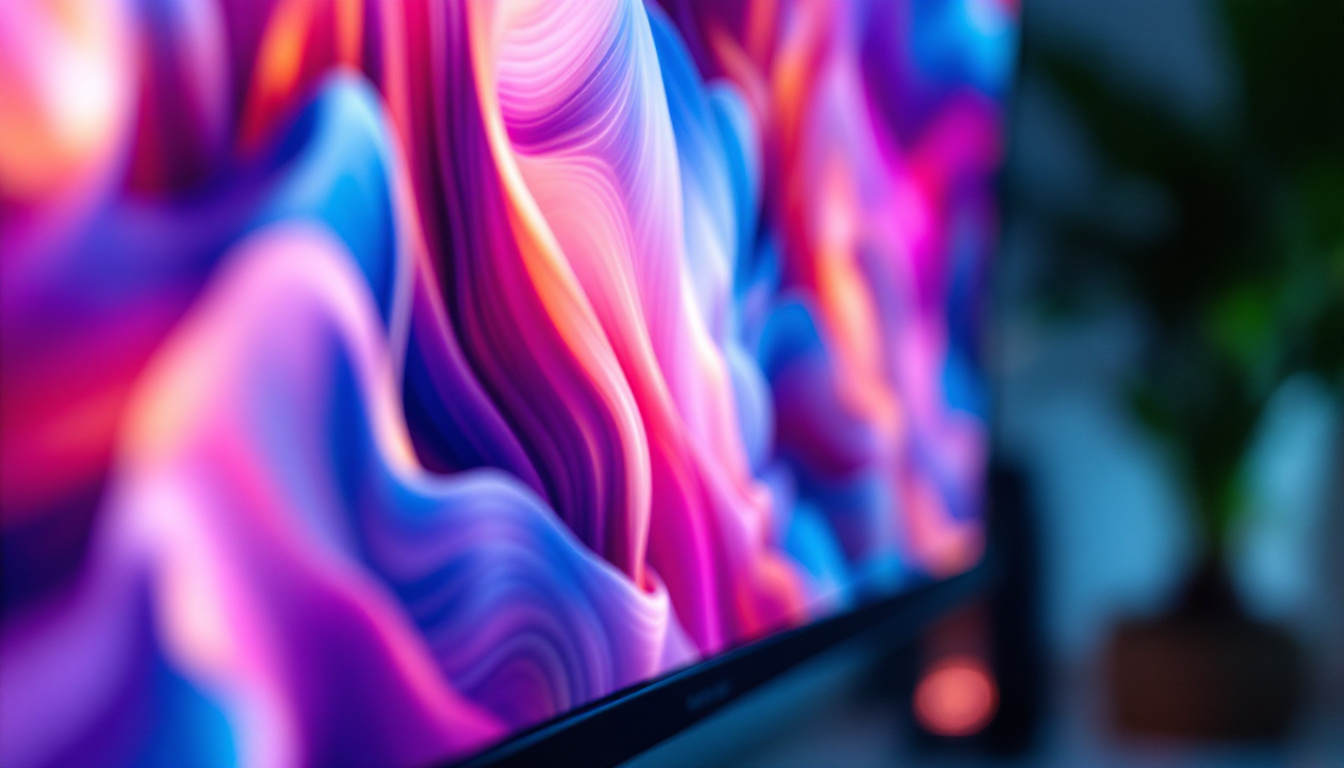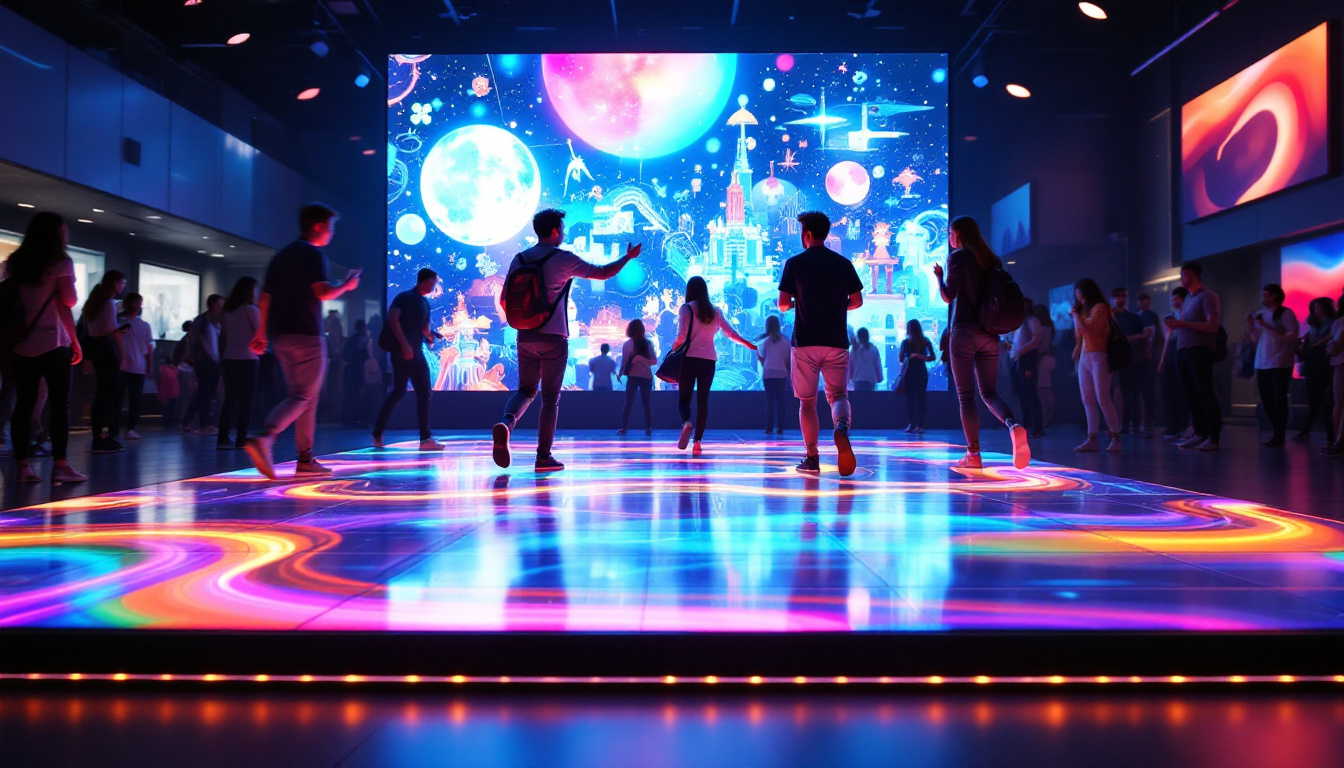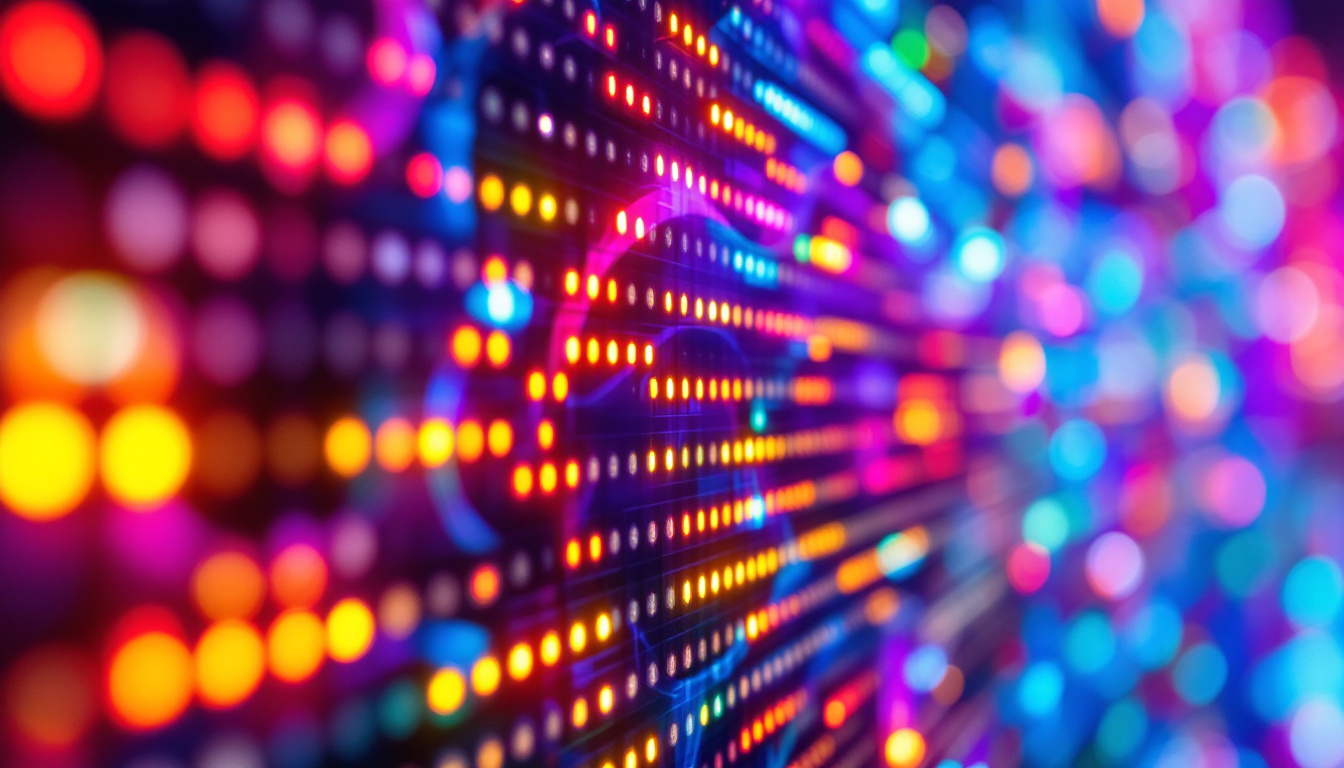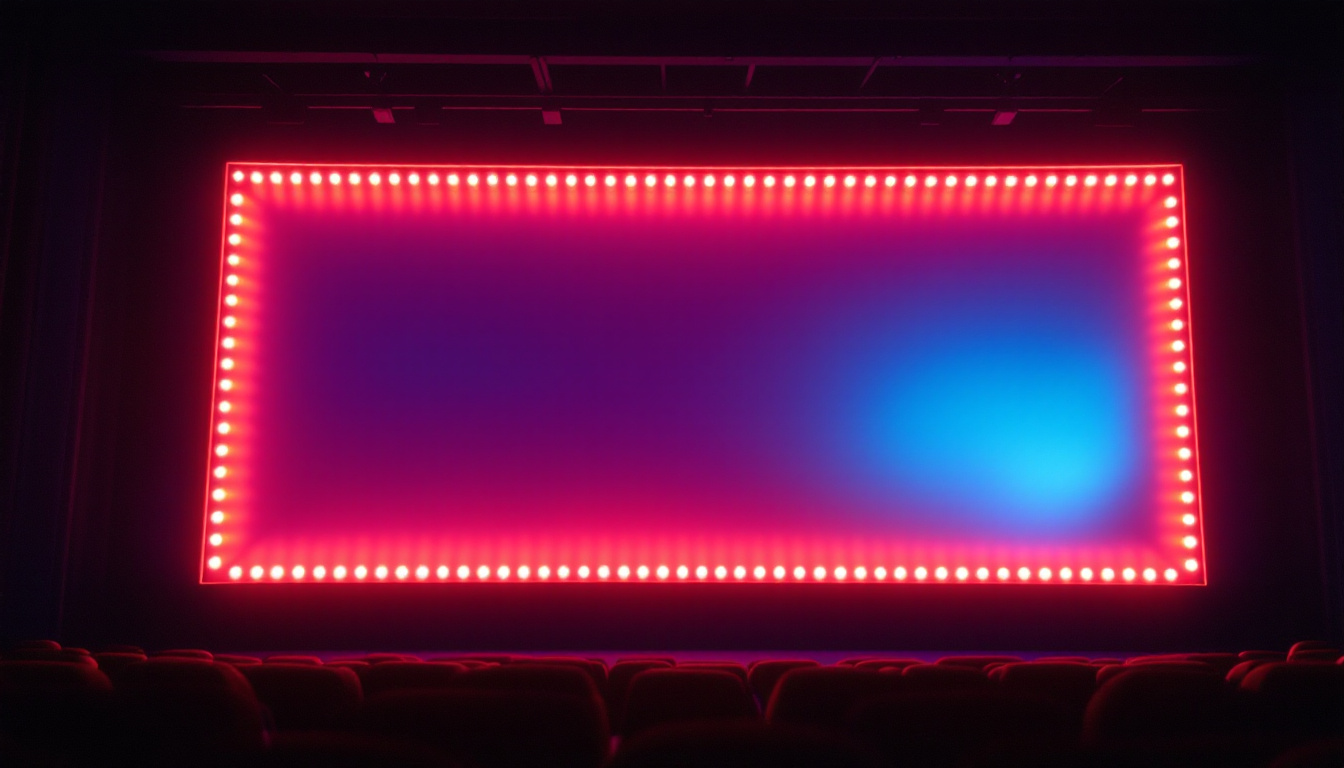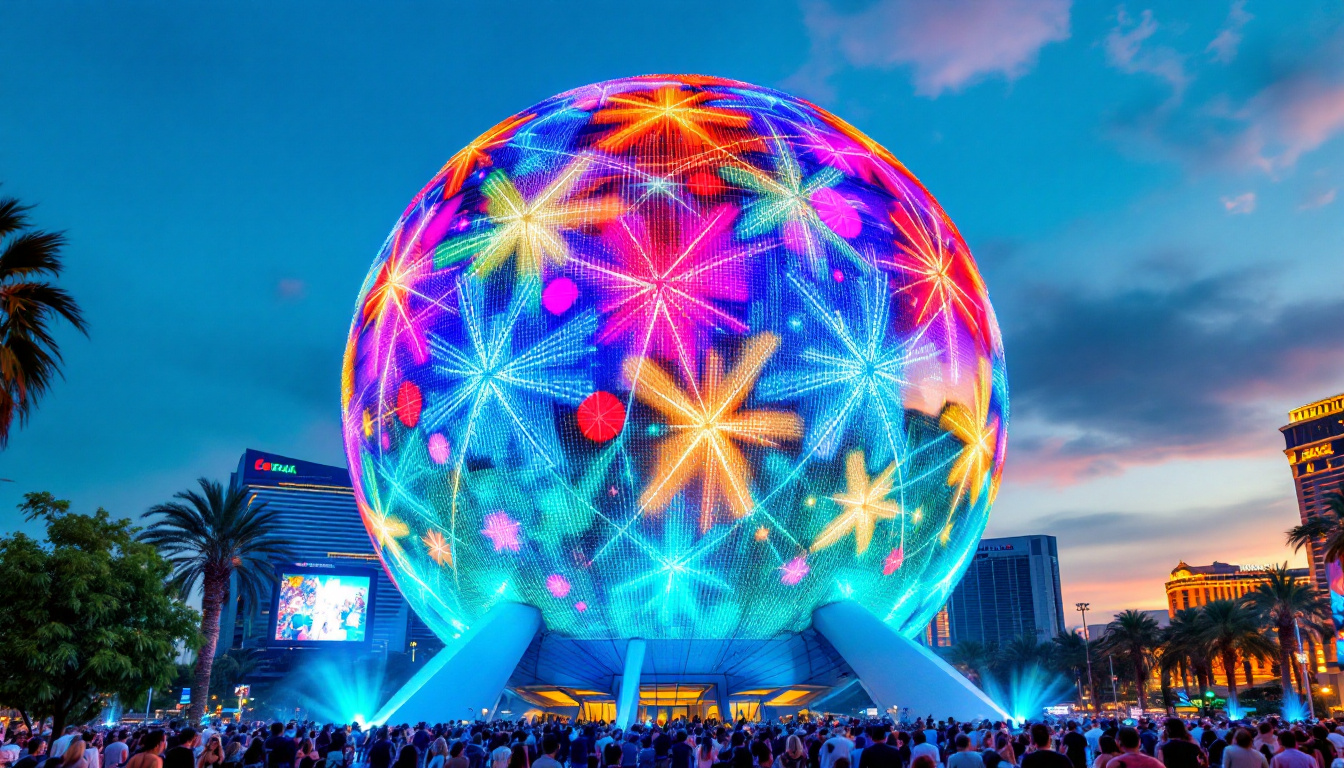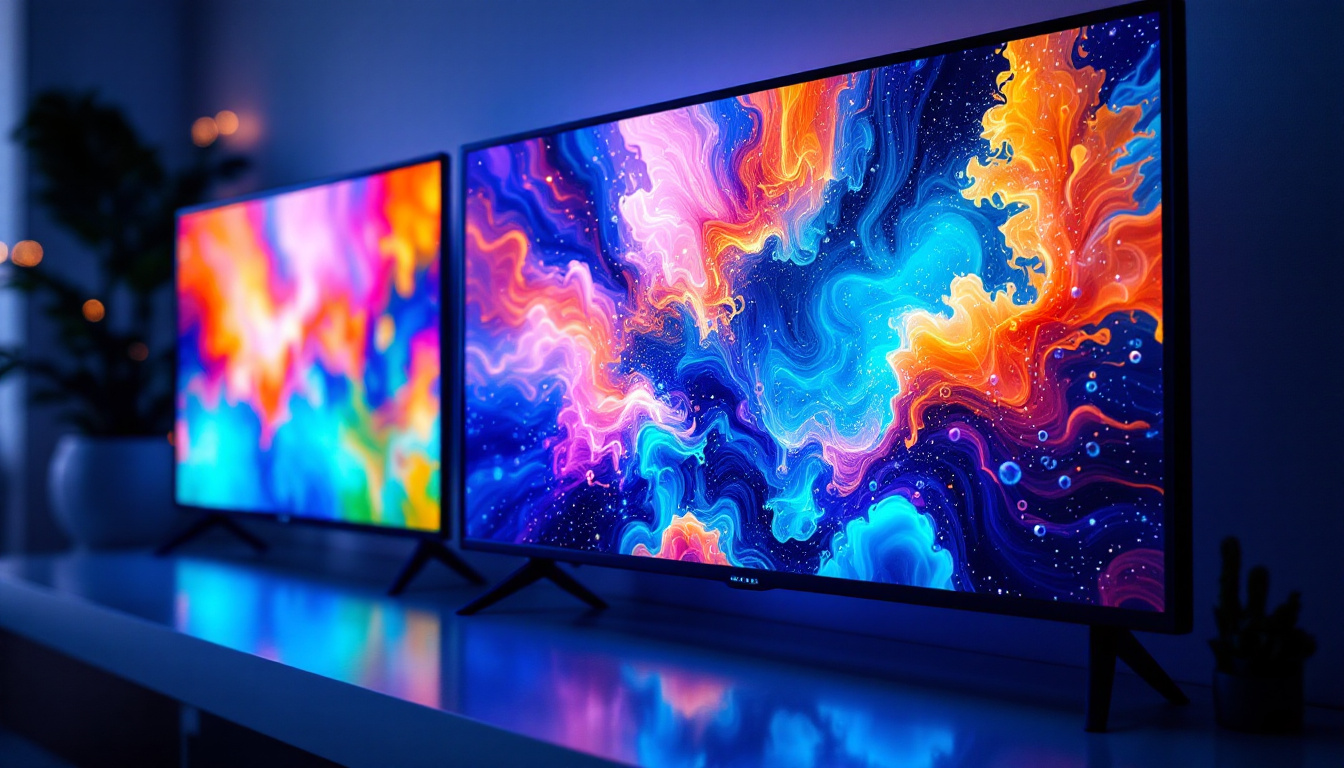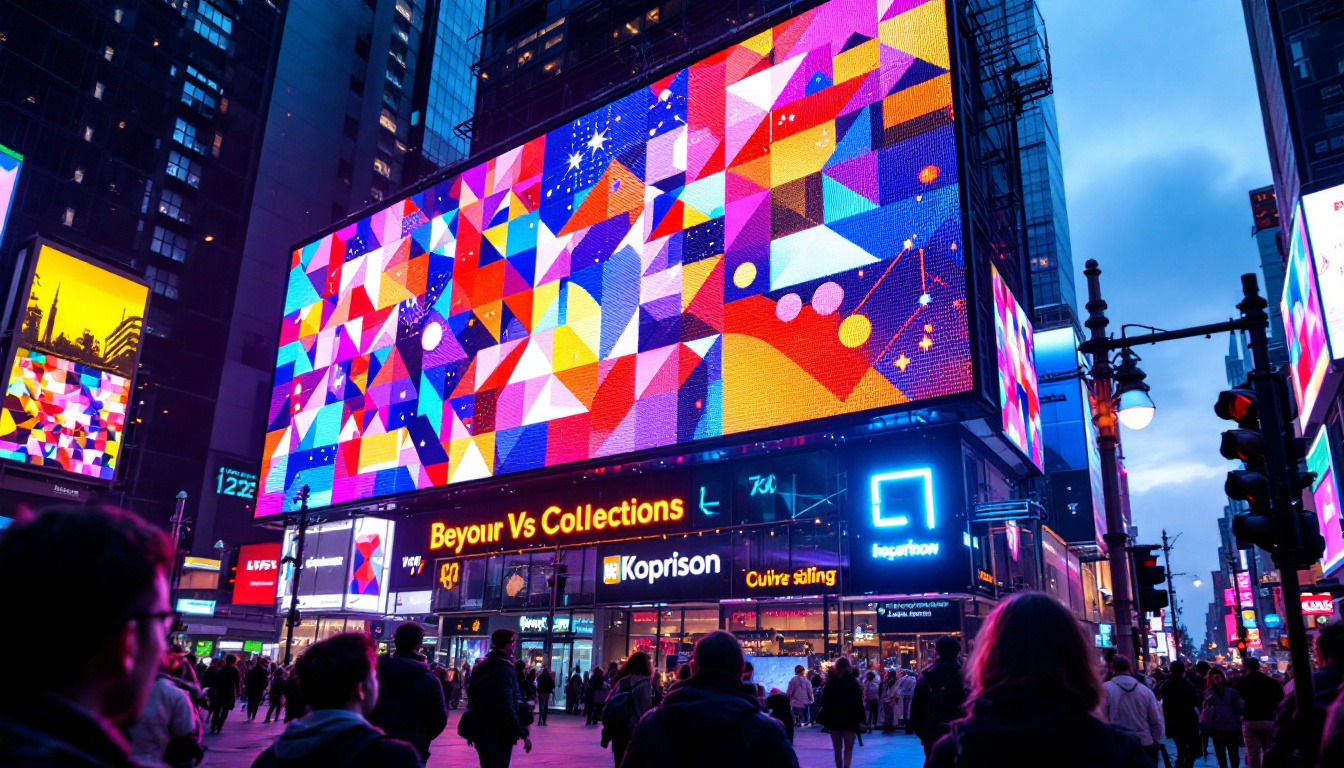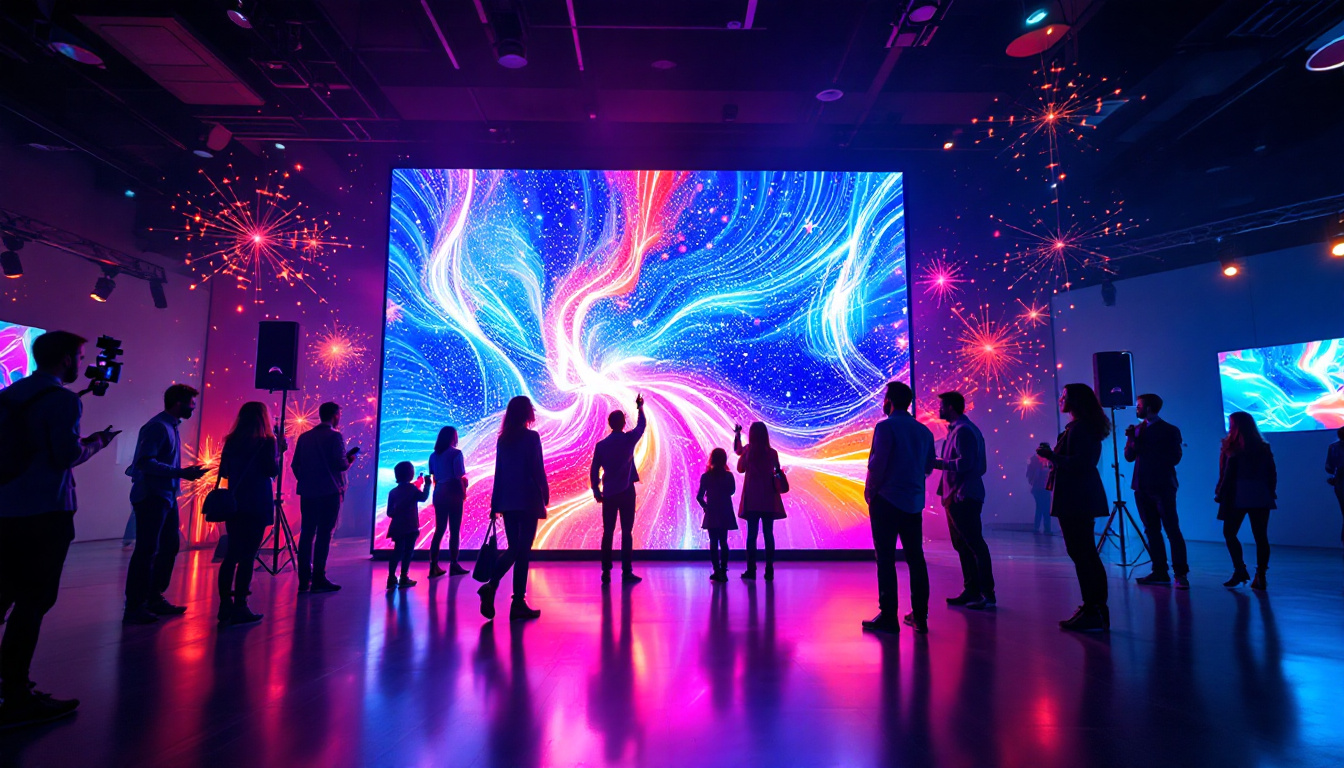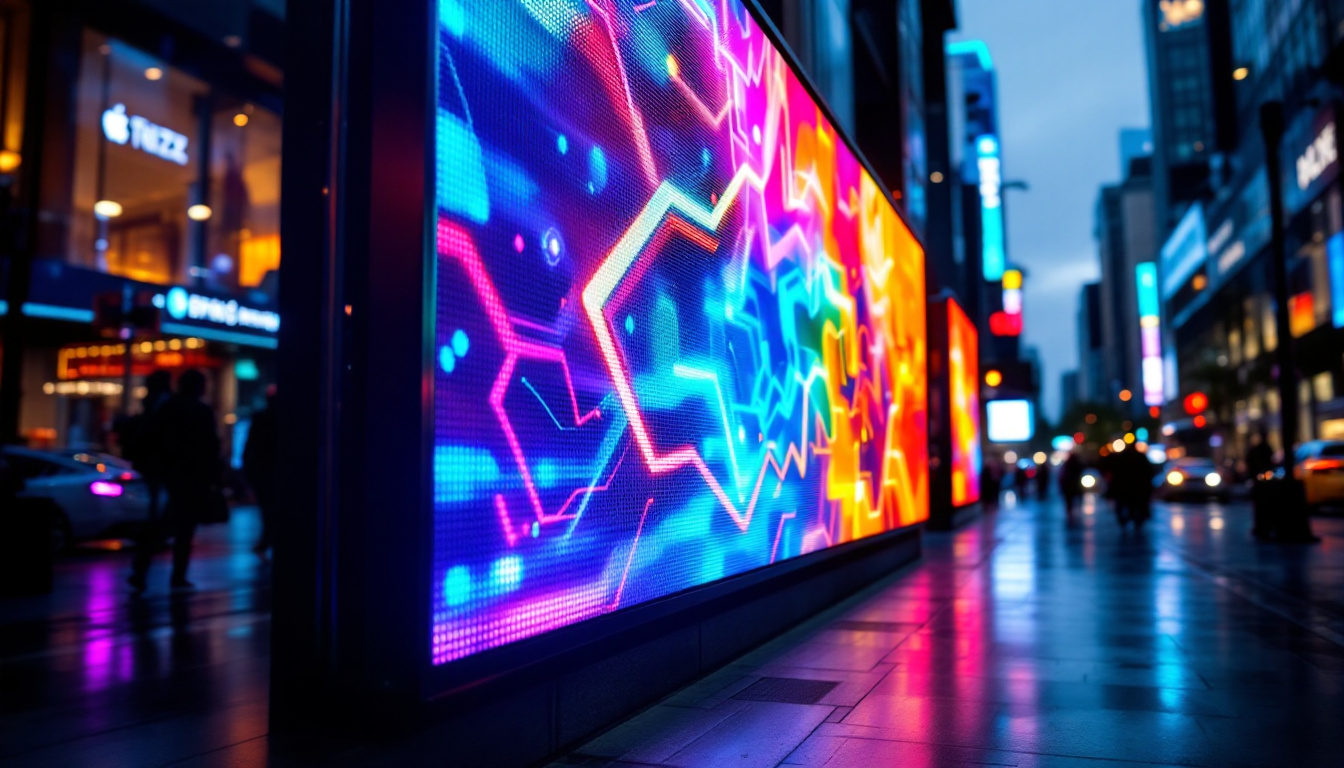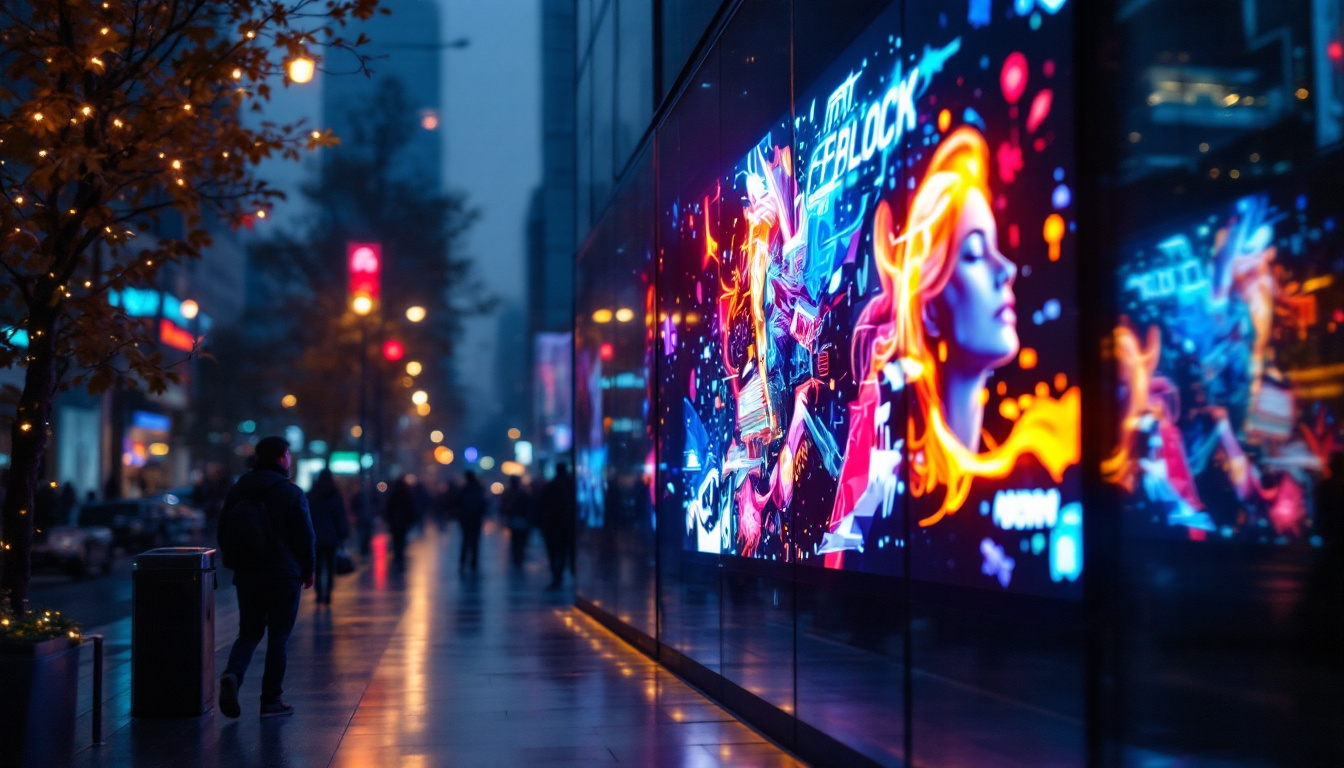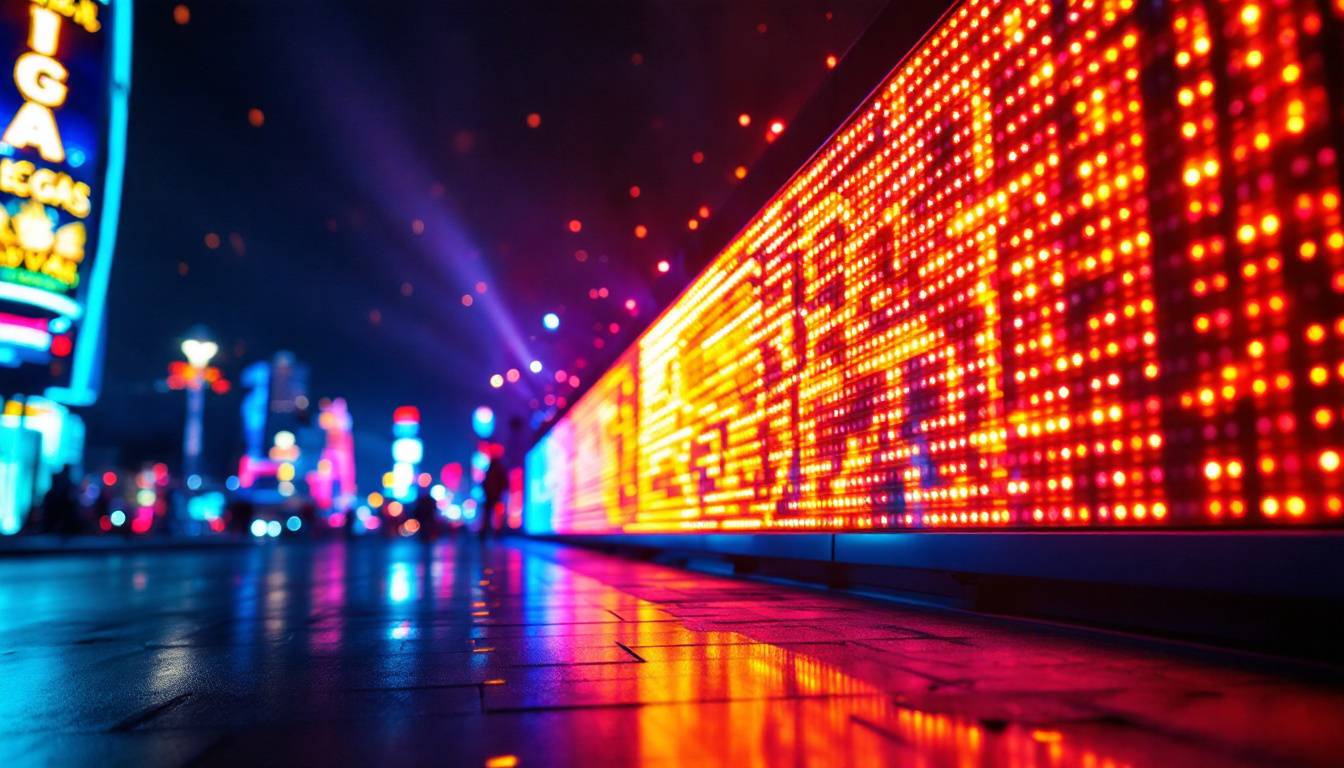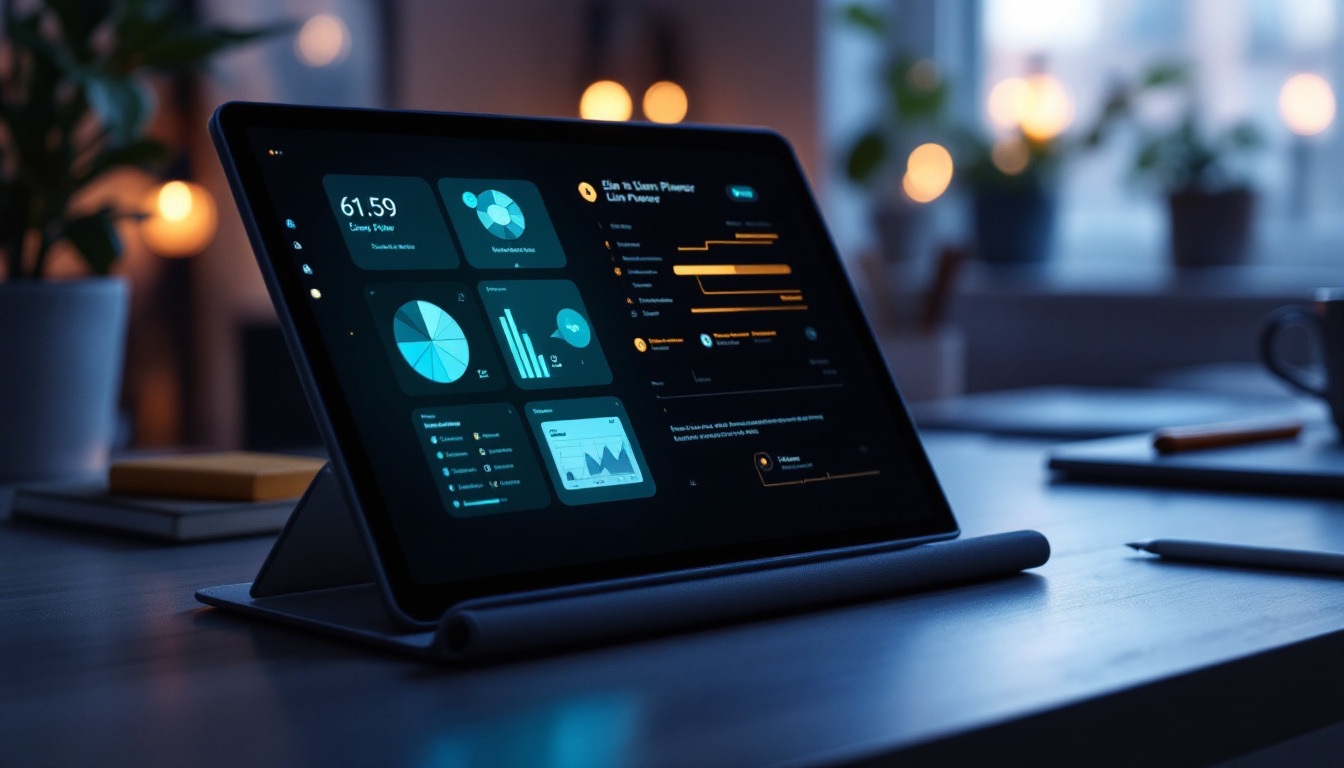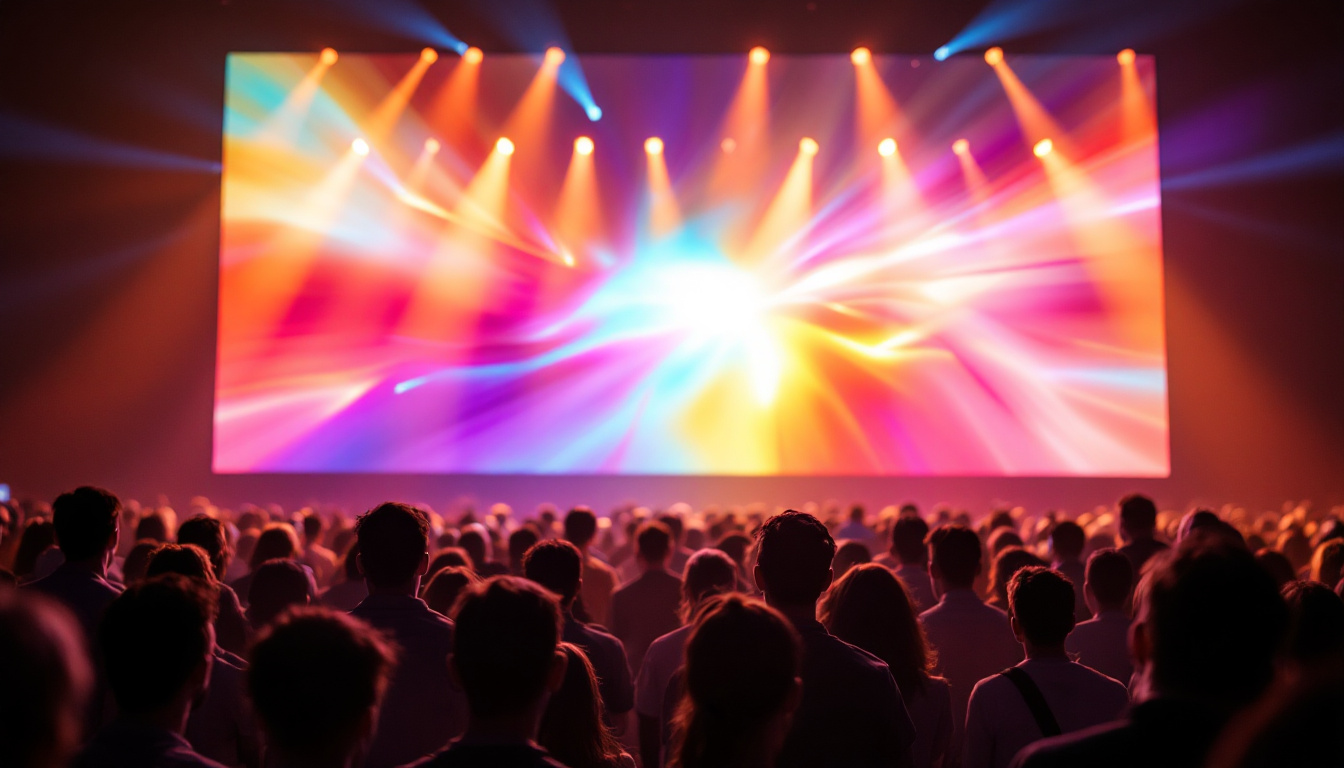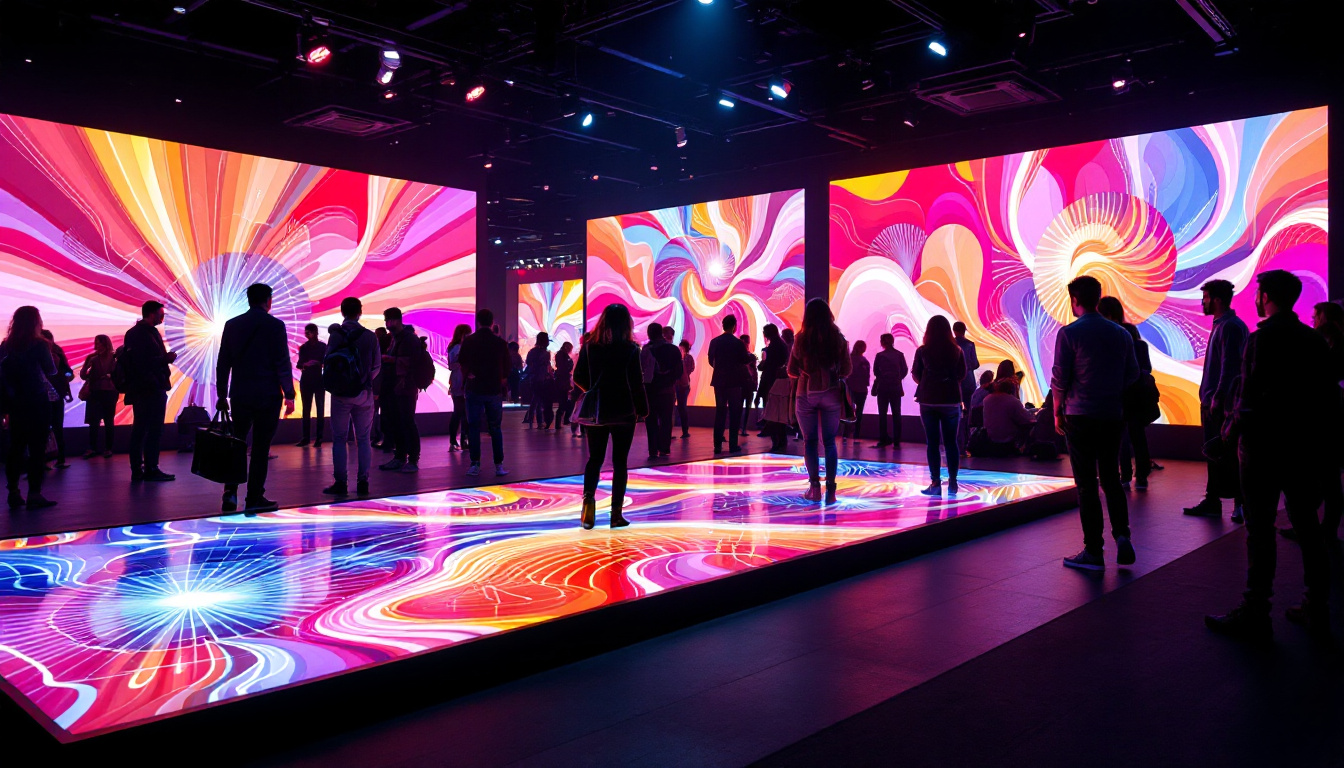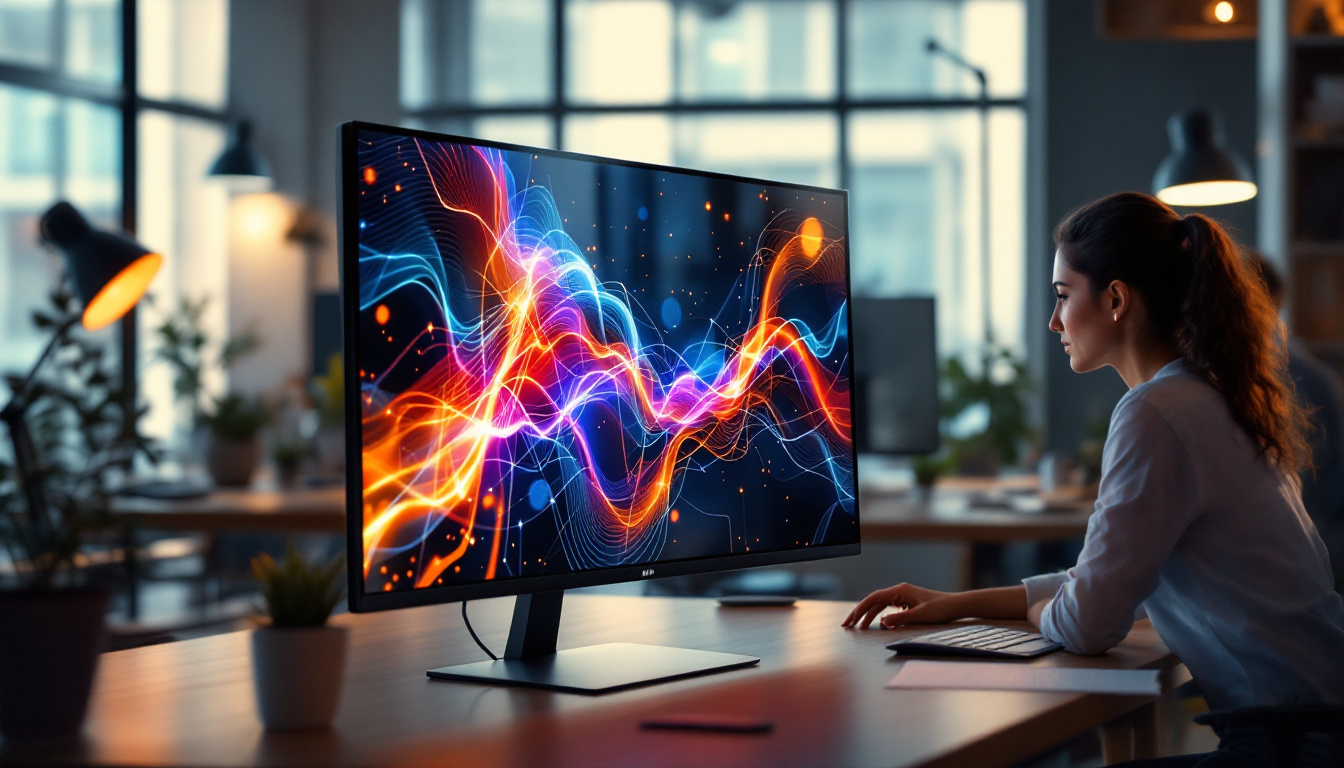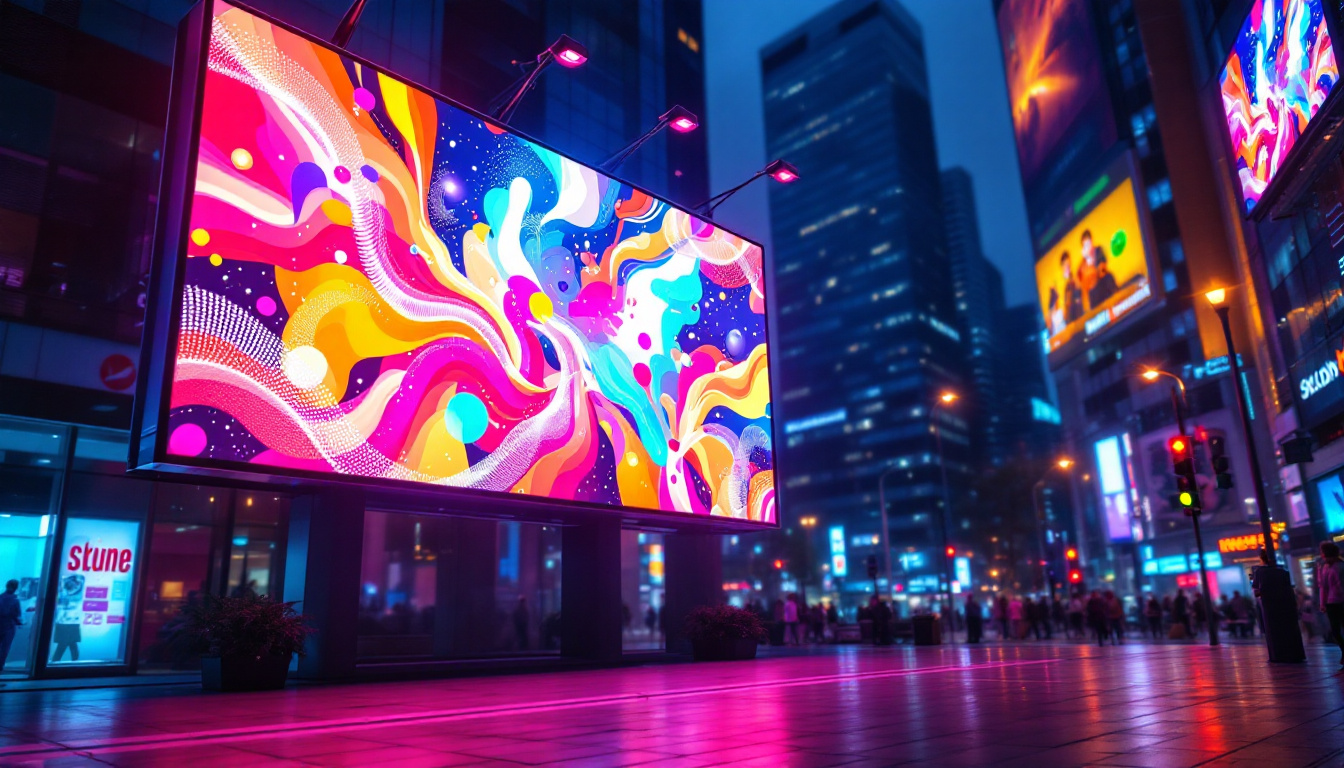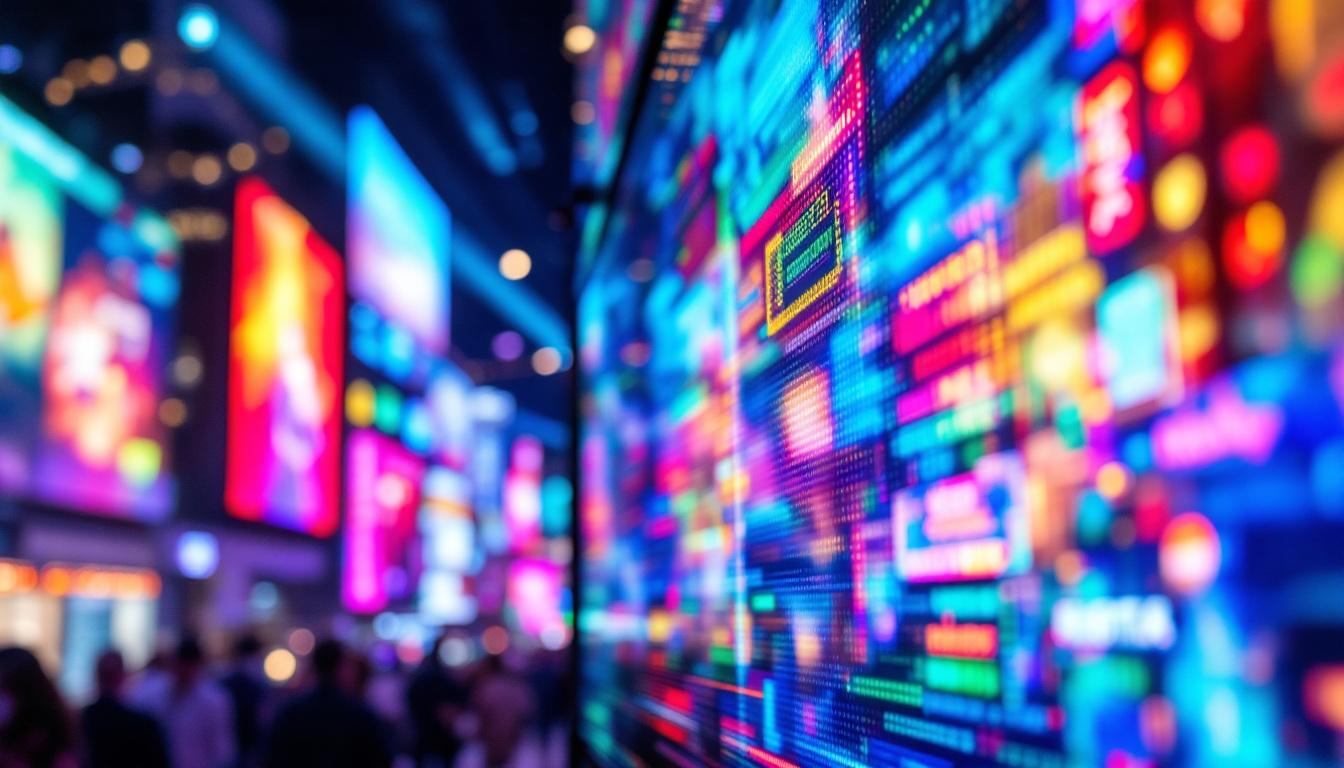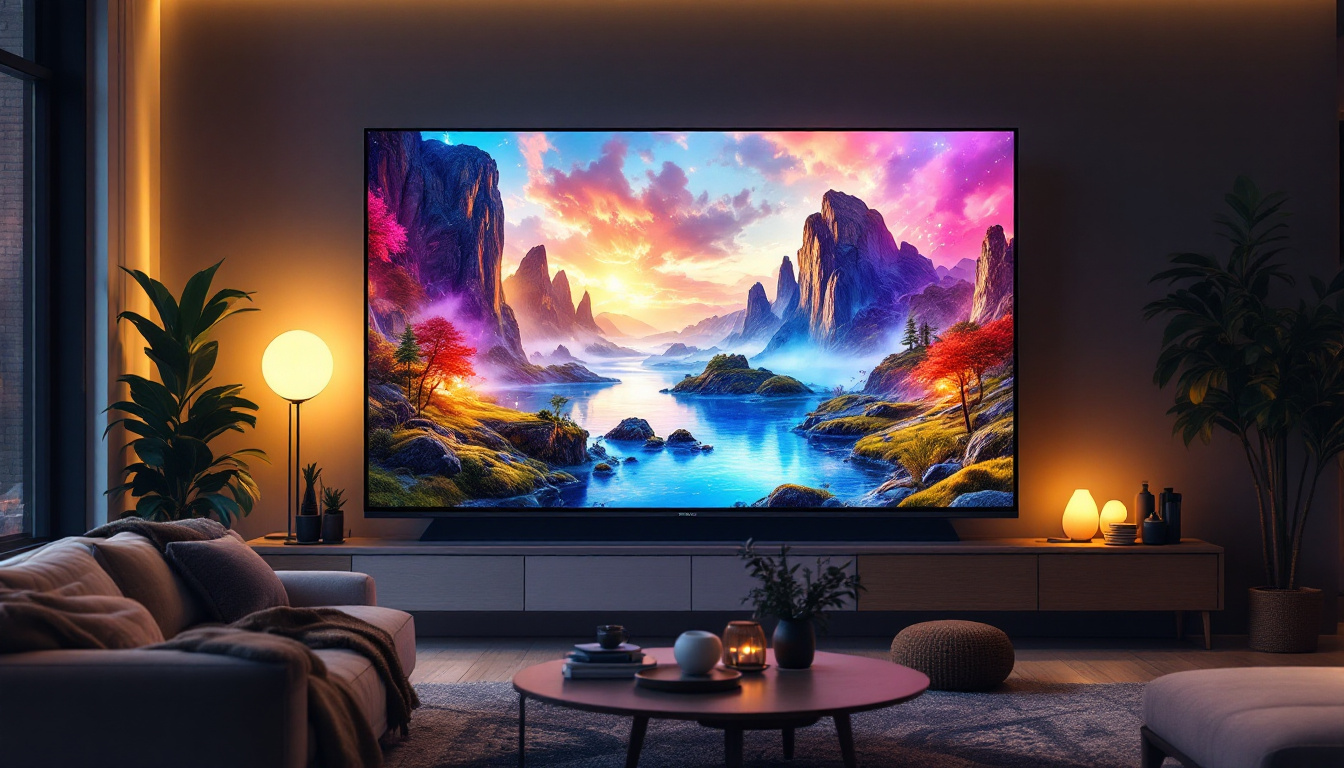In the world of visual technology, the demand for high-quality displays has led to innovative solutions that enhance the viewing experience. One such advancement is the curved projection screen, which is gaining popularity for its ability to deliver immersive visuals. Coupled with LED display technology, these screens offer a unique blend of aesthetics and functionality. This article delves into the intricacies of curved projection screens and the role of LED displays in enhancing their performance.
Understanding Curved Projection Screens
Curved projection screens are designed to provide a wider field of view compared to traditional flat screens. By curving the surface, these screens can minimize distortion and enhance the perceived depth of the image, resulting in a more engaging experience for viewers.
The Science Behind Curvature
The curvature of a projection screen is not merely a design choice; it is rooted in optical science. When light from a projector hits a flat screen, it can cause geometric distortion, particularly at the edges. Curved screens address this issue by aligning the screen’s surface with the projector’s light path. This alignment helps maintain consistent brightness and color across the entire screen, making it particularly beneficial for large venues such as theaters and auditoriums.
Moreover, the curvature allows for better viewing angles. In a flat screen setup, viewers seated at extreme angles may experience a washed-out image or color distortion. Curved screens mitigate this problem, ensuring that viewers, regardless of their seating position, enjoy a uniform experience. This feature is especially important in environments like cinemas, where audiences are often seated in a semi-circle around the screen, as it allows everyone to experience the film as intended by the filmmakers.
Types of Curved Projection Screens
There are various types of curved projection screens available, each designed for specific applications. The most common types include:
- Fixed Frame Screens: These screens are permanently mounted and provide a taut surface for projection, ideal for home theaters and dedicated viewing rooms.
- Motorized Screens: These screens can be retracted when not in use, making them a versatile choice for multipurpose spaces.
- Portable Screens: Designed for easy transport, these screens are perfect for presentations and events on the go.
Each type has its advantages and is suited for different environments, allowing users to choose based on their specific needs and preferences. For instance, fixed frame screens are often preferred by enthusiasts who prioritize image quality and are willing to dedicate a space solely for viewing. In contrast, motorized screens offer the convenience of being hidden away, making them ideal for spaces that serve multiple purposes, such as conference rooms or classrooms. Portable screens cater to professionals who frequently travel for presentations, ensuring they can deliver high-quality visuals regardless of the venue.
In addition to these types, there are also specialized curved screens designed for specific technologies, such as 4K or 8K projection systems. These screens are engineered to enhance the clarity and detail of ultra-high-definition images, providing an immersive viewing experience that can captivate audiences. Furthermore, some manufacturers offer customizable curvature options, allowing users to select the degree of curvature that best fits their projection setup, ensuring optimal performance tailored to their unique requirements.
LED Display Technology: An Overview
LED (Light Emitting Diode) technology has revolutionized the way images are displayed. Unlike traditional projection methods that rely on lamps, LED displays use semiconductor technology to produce light, resulting in brighter, more vibrant images. This section explores the fundamentals of LED technology and its advantages over conventional displays.
How LED Displays Work
LED displays consist of numerous tiny diodes that emit light when an electric current passes through them. These diodes can be arranged in various configurations, including individual pixels or clusters, to create a full image. The brightness and color of the display can be adjusted by varying the current supplied to each diode, allowing for a wide range of colors and intensities.
One of the key benefits of LED displays is their energy efficiency. Compared to traditional projection systems, LED displays consume significantly less power, making them a more sustainable choice for long-term use. Additionally, they have a longer lifespan, reducing the frequency of replacements and maintenance.
Advantages of LED Displays
LED displays offer several advantages that make them an attractive option for curved projection screens:
- High Brightness: LED technology provides superior brightness levels, ensuring that images remain clear and vivid even in well-lit environments.
- Color Accuracy: With the ability to produce a wider color gamut, LED displays deliver more accurate and lifelike colors, enhancing the overall viewing experience.
- Low Maintenance: LED displays require minimal maintenance, as they do not rely on bulbs that need regular replacement.
These advantages make LED technology a perfect match for curved projection screens, enhancing their effectiveness and appeal.
Combining Curved Screens with LED Technology
The integration of LED technology into curved projection screens creates a powerful combination that elevates the viewing experience. This section examines how these two technologies work together to produce exceptional results.
Enhanced Immersion
When combined, curved projection screens and LED displays create a more immersive viewing experience. The curvature of the screen draws viewers into the action, while the vibrant colors and high brightness of LED technology ensure that every detail is visible. This is particularly beneficial in settings such as theaters, where the goal is to captivate the audience and transport them into the narrative.
Furthermore, the combination of these technologies is ideal for large-scale events, such as concerts and sports broadcasts. The immersive experience provided by a curved LED display can engage audiences in ways that flat screens cannot, making every event more memorable.
Applications of Curved LED Projection Screens
Curved LED projection screens find applications across various industries, each benefiting from the unique advantages they offer. Some notable applications include:
- Cinema and Theaters: The film industry has embraced curved LED displays to enhance the cinematic experience, providing audiences with a more engaging and lifelike viewing environment.
- corporate events: Businesses utilize curved projection screens for presentations, product launches, and conferences, ensuring that their messages are delivered effectively and memorably.
- Sports Venues: Stadiums and arenas leverage curved LED screens to provide fans with an immersive experience, allowing them to feel closer to the action, regardless of their seating position.
These applications highlight the versatility of curved LED projection screens and their ability to cater to diverse needs across various sectors.
Challenges and Considerations
While the advantages of curved LED projection screens are numerous, there are also challenges and considerations to keep in mind. Understanding these factors is crucial for making informed decisions regarding their implementation.
Installation Complexity
Installing a curved projection screen can be more complex than setting up a traditional flat screen. The curvature requires precise alignment and calibration to ensure optimal performance. This complexity may necessitate professional installation, which can add to the overall cost.
Additionally, the choice of projector is critical. Not all projectors are suitable for use with curved screens, as they must be able to accommodate the unique geometry. Ensuring compatibility between the projector and the screen is essential for achieving the best results.
Cost Considerations
Curved LED projection screens tend to be more expensive than their flat counterparts. The advanced technology, combined with the intricacies of design and installation, contributes to the higher price point. Organizations must weigh the benefits against the costs to determine if this investment aligns with their goals and budget.
However, for many applications, the enhanced viewing experience and increased audience engagement justify the additional expense, making curved LED projection screens a worthwhile investment.
Future Trends in Curved LED Projection Technology
The field of display technology is constantly evolving, and curved LED projection screens are no exception. As advancements continue to emerge, several trends are shaping the future of this technology.
Improved Resolution and Pixel Density
As technology progresses, the resolution and pixel density of LED displays are expected to improve significantly. Higher resolutions will allow for even more detailed images, enhancing the overall viewing experience. This trend is particularly important for applications where image quality is paramount, such as in cinema and high-end corporate presentations.
Integration with Virtual and Augmented Reality
Another exciting trend is the integration of curved LED projection screens with virtual and augmented reality technologies. This combination has the potential to create truly immersive environments, allowing users to interact with digital content in ways that were previously unimaginable. As these technologies continue to develop, the possibilities for curved LED displays will expand, opening up new avenues for engagement and storytelling.
Conclusion
Curved projection screens, particularly when paired with LED display technology, represent a significant advancement in visual technology. Their ability to enhance immersion, provide superior image quality, and cater to a wide range of applications makes them an attractive option for various industries.
While there are challenges to consider, the benefits often outweigh the drawbacks, making curved LED projection screens a compelling choice for anyone looking to elevate their visual experience. As technology continues to evolve, the future of curved LED displays looks promising, with exciting innovations on the horizon.
In summary, the combination of curved projection screens and LED technology not only enhances the way visuals are presented but also transforms the overall experience for viewers, creating a more engaging and memorable interaction with content.
Discover the Future of Visual Experience with LumenMatrix
Ready to take your visual presentations to the next level? Explore LumenMatrix’s comprehensive range of LED display solutions, where innovation meets excellence. Whether you’re looking to captivate your audience in a cinema, make a statement at corporate events, or engage fans at sports venues, LumenMatrix has the cutting-edge technology to bring your vision to life. From Indoor and Outdoor LED Wall Displays to specialized solutions like Vehicle and Floor LED Displays, our products are designed to revolutionize visual communication and enhance audience engagement. Check out LumenMatrix LED Display Solutions today and see how we can help you create unforgettable visual experiences.

